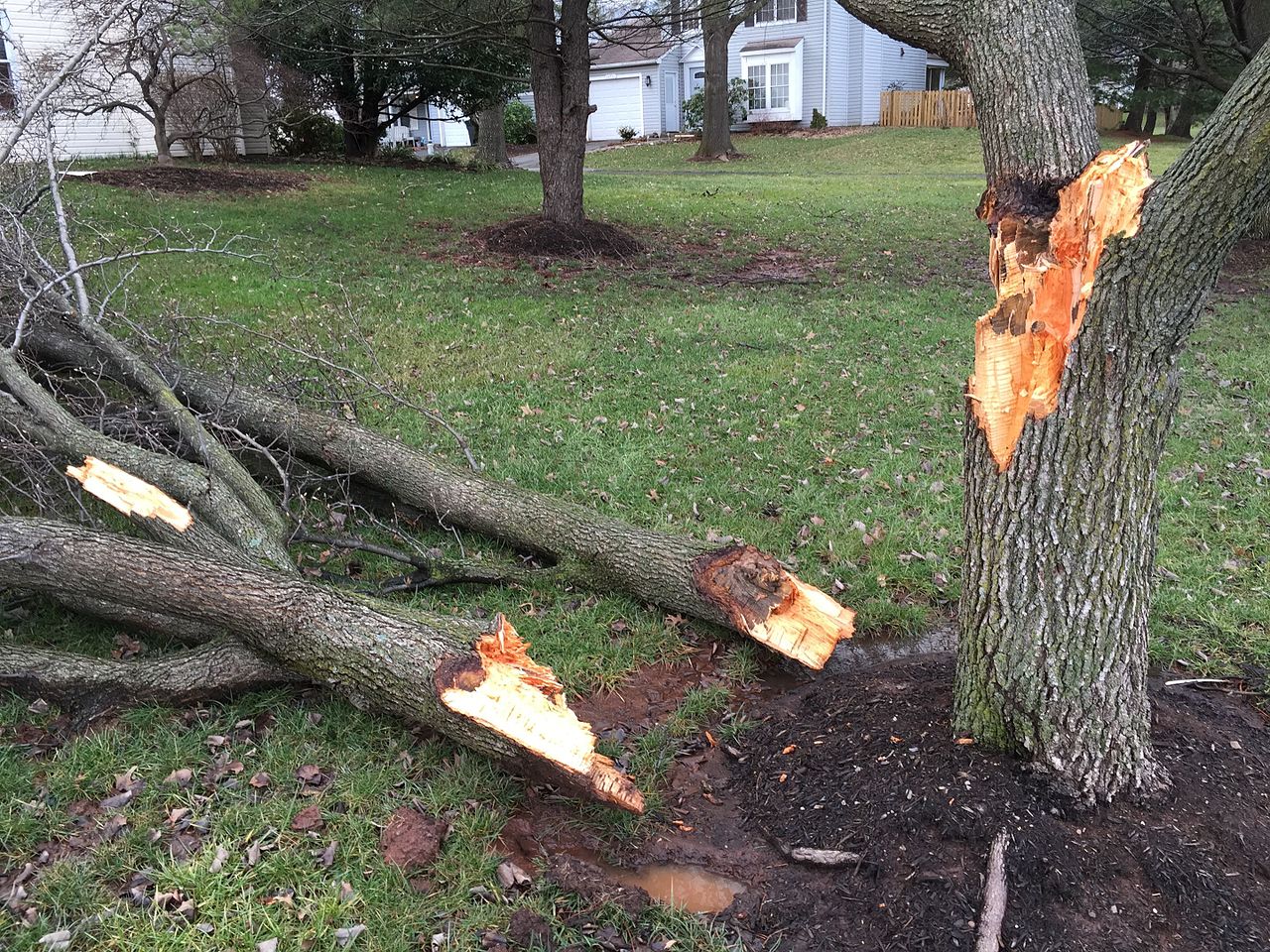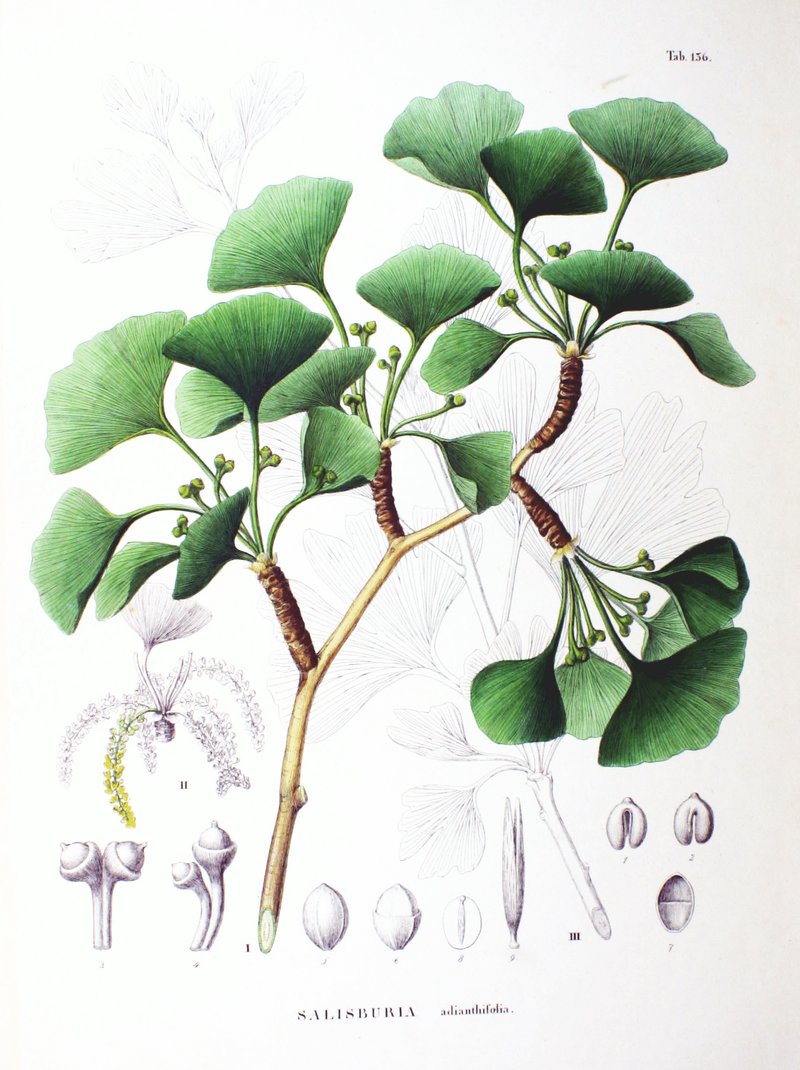
So, we already talked about the good, now let’s talk about the BAD and the UGLY. While I am a fan of those good old spaghetti Westerns, I’m not talking movies today. I’m talking about the worst trees to plant in Washington, D.C.!
As I mentioned in my article on the best native trees for the D.C. area, there are many, many species that are native to the region and naturally thrive in the mid-Atlantic. So many trees do well here, but some just shouldn’t be planted in Washington, D.C., because of their bad qualities.
Bradford Pear
You’ve heard of bad apples? This is a bad pear. Back in the 1950s, a variety of the Callery pear tree called the Bradford pear (pictured above) became a popular tree in many urban cities across the Eastern seaboard. It was incredibly disease-resistant and could grow in a variety of climates and soil types. Its beautiful white blooms look a lot like those of the iconic cherry tree.
Only after trees were planted and they flowered the next spring did one disadvantage make itself known. As the trees blossomed, it was discovered their beautiful aesthetic was trickery of sorts. Once in bloom these trees filled the air with the smell of rotting fish (it is a mechanism to attract pollinators such as flies and beetles, but still …). Another problem? They’re incredibly invasive so once you plant one, they spread over time, magnifying the offense aroma.
They also have a bad tendency to split at their central trunk, making them prone to snap apart in storms.
Gingko Biloba

The unique, statuesque Gingko tree is considered to be a living fossil. According to botanist Peter Crane, it’s the world’s oldest tree species. Leaf fossils from the species date back more than 200 million years, so they likely were part of some dinosaur’s diet. It is also the only species still alive in the division Gingkophyta. The Gingko establishes easy and grows to heights up to 50-feet.
Gingko, or Maidenhair Tree, is widely cultivated across the world for its recognition as a great shade tree, a fantastic ornamental, and its variety of medicinal uses. It’s a pretty tree, too — the distinctive, two-lobed, fan-shaped leaves set it apart.
The problem is the tree stinks! Literally. Female trees produce seeds that are encased in fruit-like coverings; when they mature in autumn they emit a foul odor when they drop to the ground and split open. Says Crane, “It’s the outer part of the seed that produces the smell, and it smells, to put it bluntly, like vomit.” That aroma may at one point have been attractive to some species, which helped the seeds disperse. But that species may have gone extinct.
Weeping Willow
These are great trees to plant if you’re looking for a fast grower. Young trees can easily put on 3 to 4-feet, or more, of growth annually. Flowing, drooping branches that can sweep the ground create an attention-getting tree (and a great space for kids to play) but the quick-growing roots interfere with underground lines such as water, gas, sewage, or electrical.
This one hits close to home for me. We had a huge weeping willow in the yard on the farm where I grew up. Looking back, I’ve come to realize it was planted in the worst spot on the property: about 50 feet from the septic field and drain field lines. While it was a fantastic tree to play under I remember my dad dealing more than once with an unpleasant problem it caused. The roots got into the septic field.
Cottonwood
Allergy sufferers, beware! The cottonwood is one of the worst for triggering seasonal allergies in children and adults alike. Cottonwood pollen is fairly small and is easily distributed on the wind from March to May. Then, in late spring, the puffballs begin to fly. While they enchant some people, others wish for the hot, dry days of summer when pollen allergies ease up.
All that “fluff” it disperses also inconveniences anyone with a pool. It constantly adds debris that needs to be cleaned out.
White Ash
White ash has tremendous value as a landscape tree and also holds recognition as the wood used to make baseball bats. Growing to a towering height of 80 feet, the white ash shades many parks and large yards across Eastern and Central North America. In the fall they put on beautiful displays of yellow, deep purple, and maroon.
Unfortunately, there are two problems with white ash that put it on my list:
- Their broad, lateral root system is known to be highly invasive; surface roots are known to lift sidewalks and interfere with mowing.
- They are also highly susceptible to the emerald ash borer, a beetle responsible for the destruction of tens of millions of ash trees in 30 states.
Talk to a Washington D.C. landscaping expert if you need help selecting plants or trees for your landscape.
Main image credit: Famartin, CC by SA 4.0.